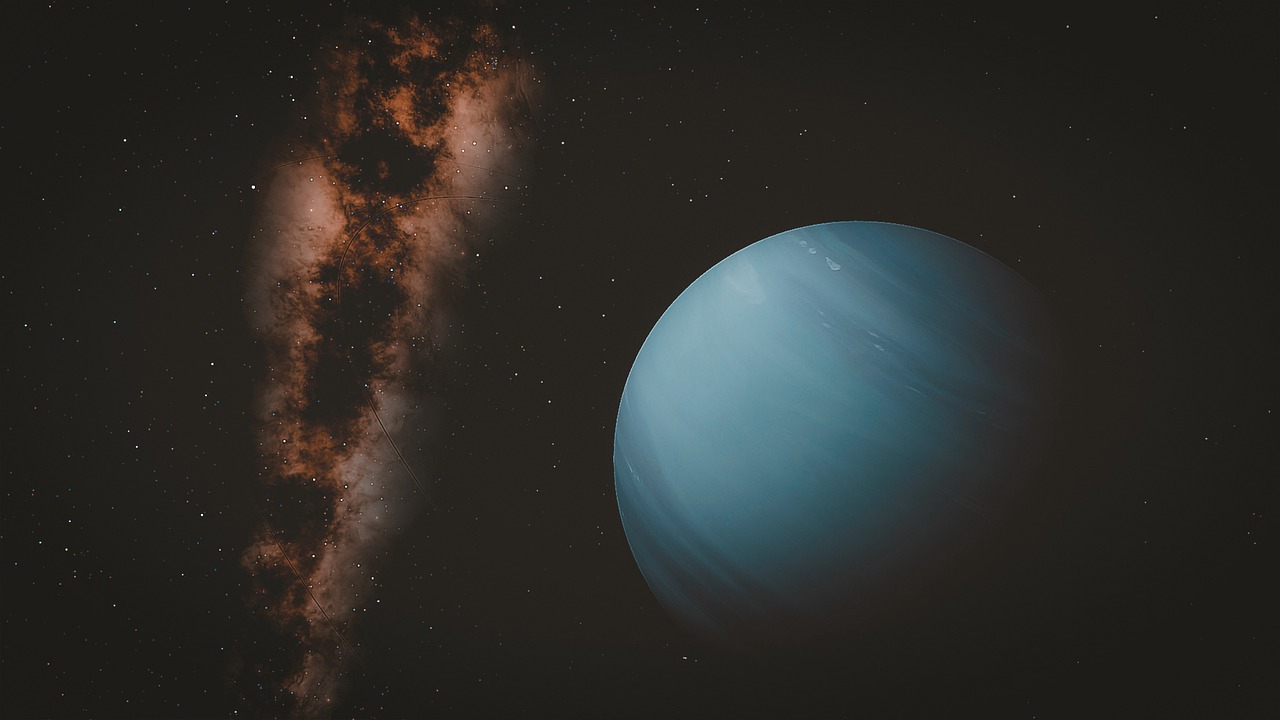Astronomers have discovered the planet TOI-5005 b. It orbits a yellow star that is quite similar to the Sun. It is a gas giant that is very similar to Neptune in size and chemical composition, but is much hotter and heavier than it.

Discovering a new world by transit method
An international team of astronomers reports the discovery of a new super-Neptune exoplanet orbiting a solar-type star. The newly discovered alien world, designated TOI-5005 b, is about six times larger and more than 30 times more massive than Earth. The discovery was detailed in a paper published on September 26 on the arXiv preprint server.
NASA’s Transiting Exoplanets Survey Satellite (TESS) observes about 200,000 of the brightest stars near the Sun to search for transiting exoplanets. It has now discovered more than 7,200 candidate exoplanets (TESS Objects of Interest, or TOIs), of which 557 have already been confirmed.
Recently, a team of astronomers led by Amadeo Castro-Gonzalez of the Astrobiology Center in Madrid, Spain, confirmed the existence of another TOI observed by TESS. They detected a transit signal in the light curve of TOI-5005, a moderately bright solar-type star of spectral type G2V located about 685 light-years away. The planetary nature of this signal was confirmed by subsequent observations by ground-based instruments.
Characterization of the planet TOI-5005 b
The discovered planet has a radius of 6.25 Earth radii and a mass of 32.7 Earth masses, resulting in a density at 0.74 g/cm3. It orbits its host every 6.31 days at a distance of about 0.066 a.u. from it. The equilibrium temperature of the planet is 1,040 K.
By studying the internal structure of TOI-5005b, astronomers calculated that the mass fraction of metal in its core and shell is about 0.74 and 0.08, respectively. In general, the total metal mass fraction of this exoplanet is 0.76, which is slightly lower than for Uranus and Neptune. These results suggest that TOI-5005 b was formed by core accretion.
Rare type of Neptune
Based on their data, the authors of the paper classified TOI-5005 b as a super-Neptune near the “Neptunian savanna” ridge. The so-called “Neptunian desert” and “Neptunian savannah” mark the scarcity of Neptunian-like exoplanets in short-period orbits and their modest abundance at large orbital distances. They are separated by the recently discovered “Neptune excess layer” in the 3-5 day orbital period range, where such worlds are quite common.
The researchers noted that TOI-5005 b was a new member of a generally rare population of low-density Neptunes in the Neptunian savanna, in contrast to planets in the ridge that typically show higher densities of more than 1.0 g/cm3.
In a concluding statement, the scientists added that TOI-5005’s brightness makes the newly discovered planetary system a key target for observations of its atmosphere and orbital architecture.
According to phys.org


